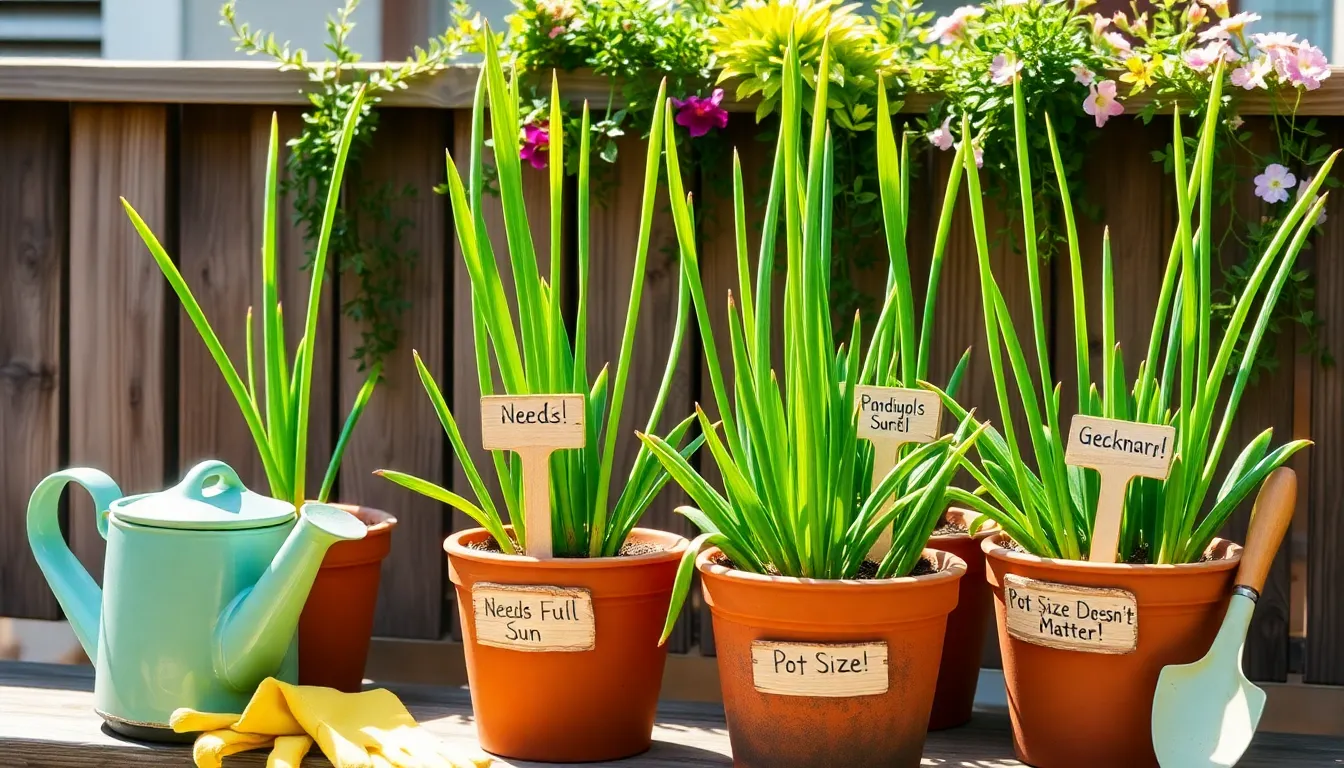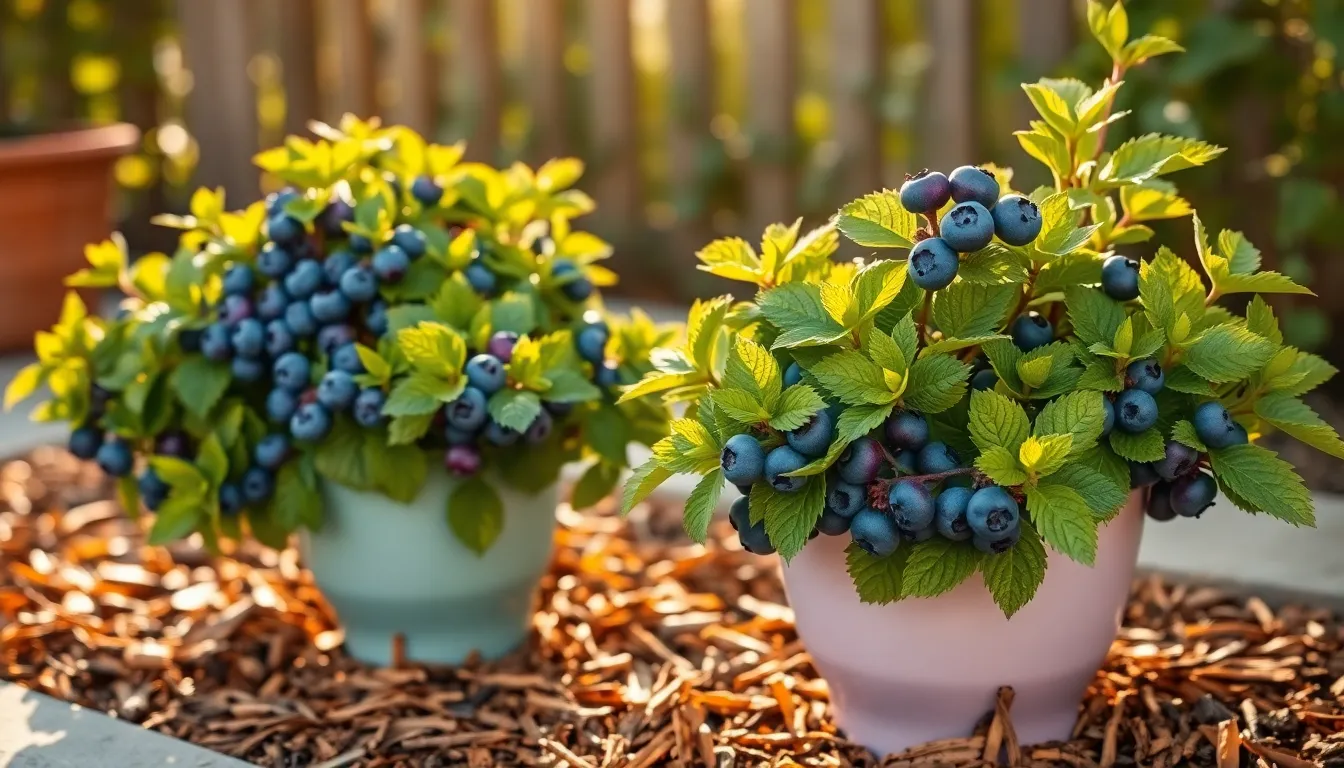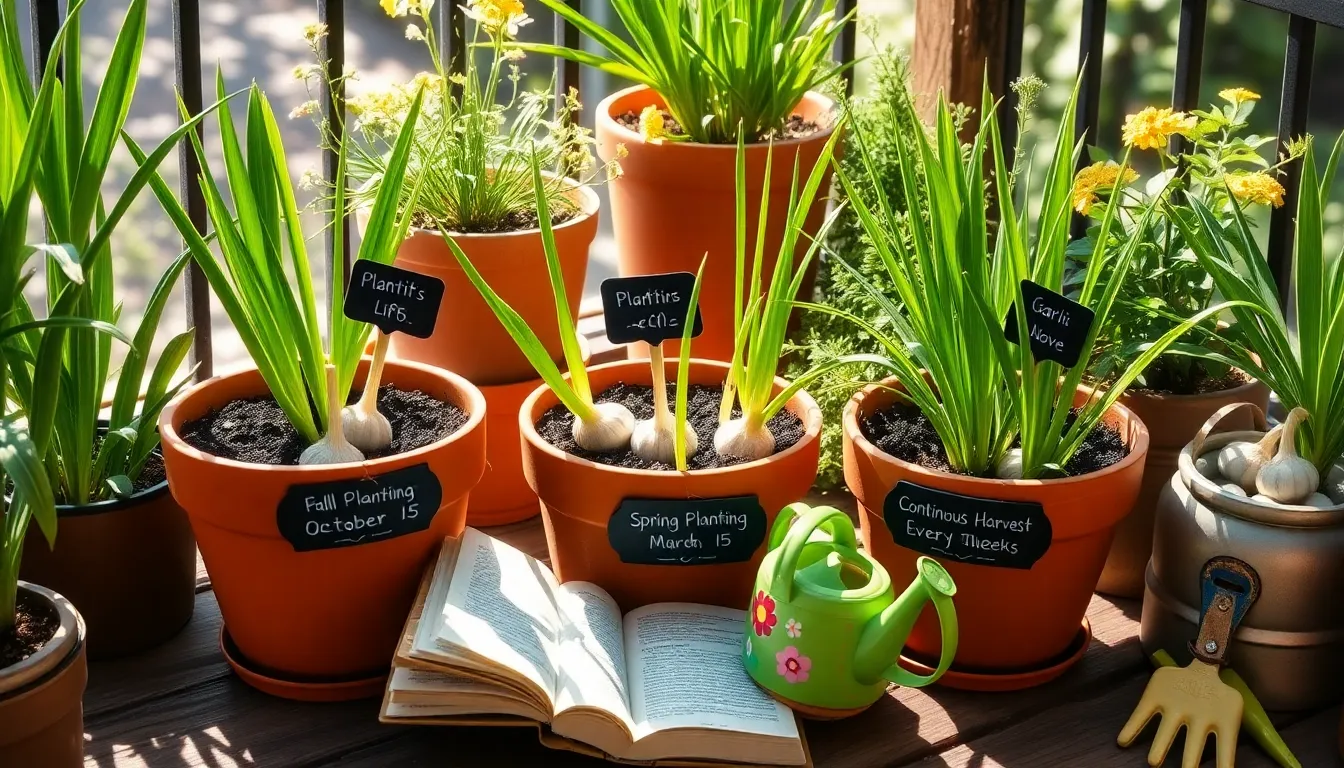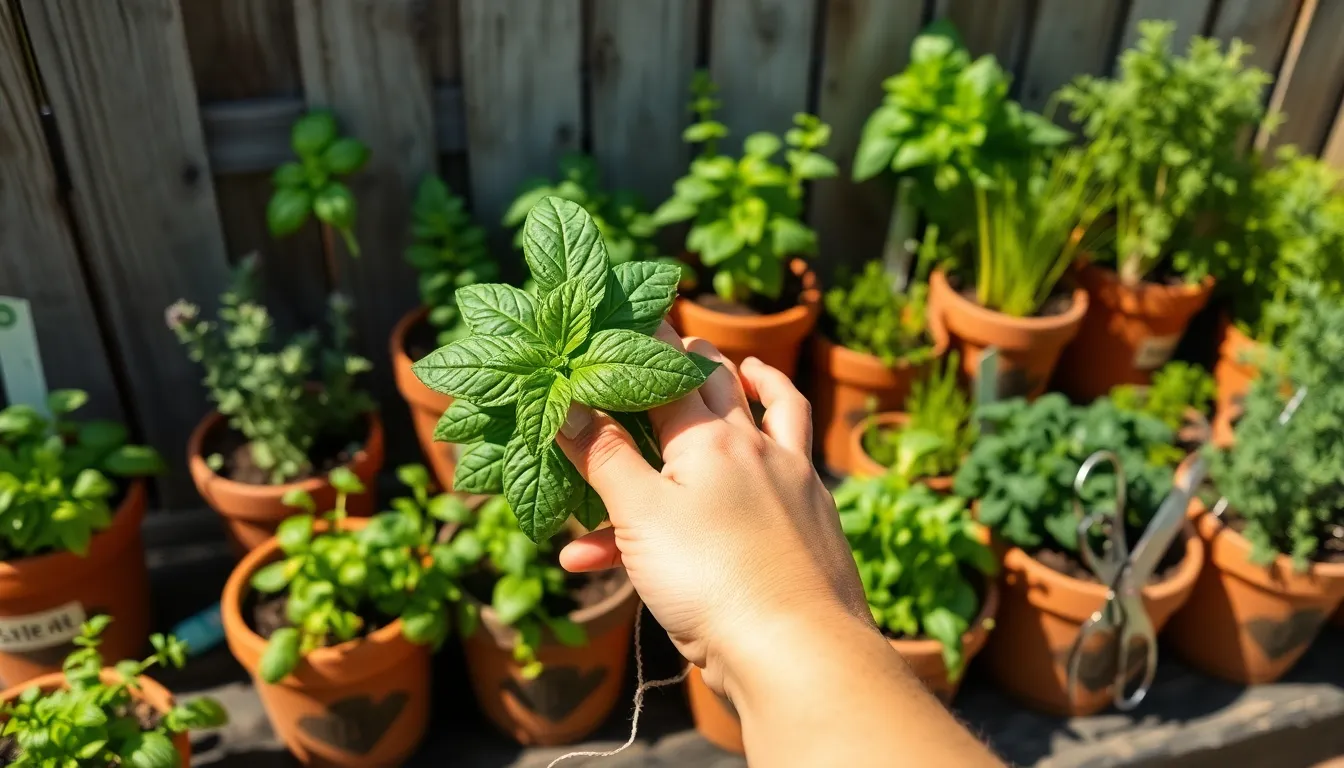There’s something truly magical about the process of planting garlic and watching it transform into a culinary staple right from the comfort of your home. Whether you’re a seasoned gardener with years of experience or a budding enthusiast just starting to get your hands dirty, growing garlic in pots offers a unique blend of convenience and satisfaction. Yet, despite its straightforward nature, a cloud of myths often surrounds this delightful endeavor, threatening to confuse and deter even the most eager of green thumbs.
Understanding these myths is essential for anyone seeking to nurture their own garlic harvest. In this article, we’ll debunk some of the most common misconceptions about planting garlic in pots, providing you with clear, actionable insights that will boost your gardening confidence. You’ll discover practical tips for choosing the right pot, soil, and location, setting the stage for a thriving garlic crop. So, grab your gardening gloves and a cozy seat, as we embark on this myth-busting journey together, ensuring that your garlic-growing venture is as rewarding as it is delicious.
Myth: Garlic Requires Large Spaces
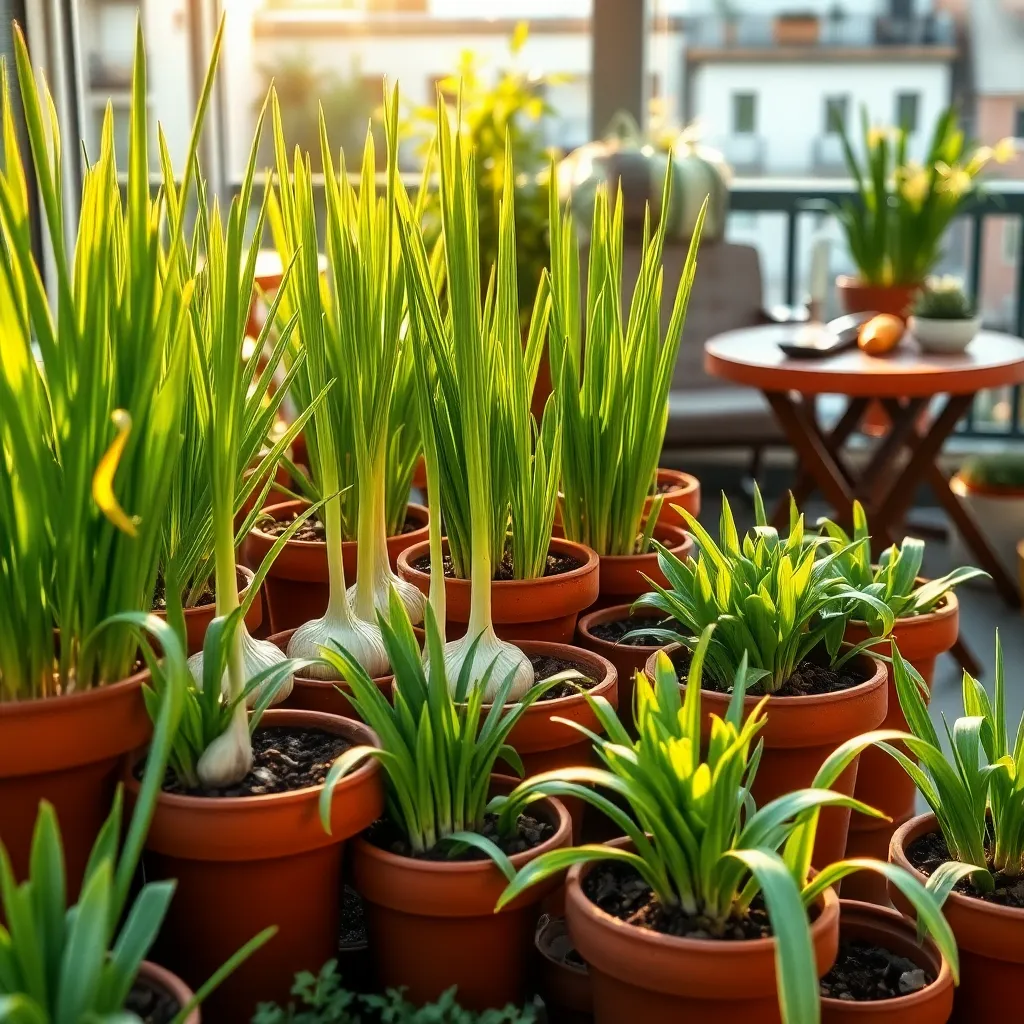
Contrary to popular belief, garlic does not require large spaces to thrive, making it an excellent candidate for container gardening. This versatile plant can be grown in pots as small as 6 inches deep, provided the container has adequate drainage.
To ensure successful growth, choose a potting mix that is light and well-draining, such as a blend of peat moss, vermiculite, and perlite. This will provide the right balance of moisture retention and aeration, crucial for garlic’s root development.
Place your pot in a location where it will receive at least six hours of sunlight daily, as garlic thrives in full sun conditions. If indoors, a south-facing window or a grow light can mimic these conditions effectively.
Water your garlic plants moderately, keeping the soil consistently moist but never waterlogged. A good rule of thumb is to water when the top inch of the soil feels dry to the touch.
For gardeners looking to optimize growth, consider using a balanced liquid fertilizer every three weeks during the growing season. This will provide essential nutrients that will help develop robust bulbs.
While beginners will find these steps straightforward, experienced gardeners can experiment by planting different garlic varieties in containers. This approach allows for a diverse harvest and can be a rewarding challenge to enhance your gardening skills.
Truth About Garlic Soil Needs
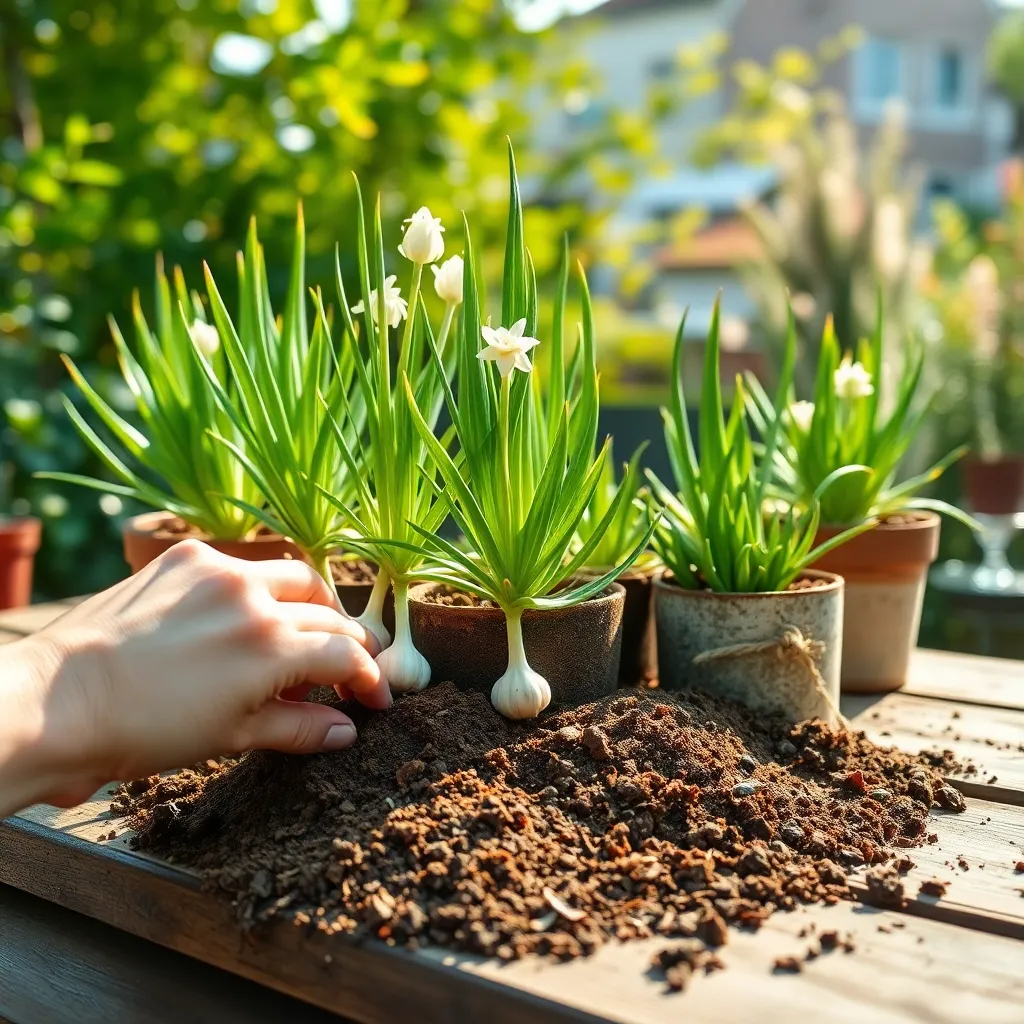
Garlic is more adaptable than many people think, thriving even in the confines of pots. Well-draining soil is crucial—a mix of potting soil and sand or perlite works well to prevent waterlogging.
When planting garlic in pots, ensure the container has drainage holes to avoid root rot. Aim for a soil pH between 6.0 and 7.5, which supports healthy garlic growth and bulb development.
Garlic prefers a soil enriched with organic matter, so mix in well-rotted compost to boost nutrient levels. This not only improves soil fertility but also enhances moisture retention, which is vital for proper bulb formation.
Watering is key; keep the soil consistently moist but not soggy. As a rule of thumb, water the pots when the top inch of soil feels dry to the touch, especially during warmer months.
For those looking to optimize their garlic harvest, consider adding a slow-release fertilizer at the time of planting. Balanced fertilizers high in nitrogen can support vigorous leaf growth, which is essential for producing larger bulbs.
Clarifying Garlic Watering Myths
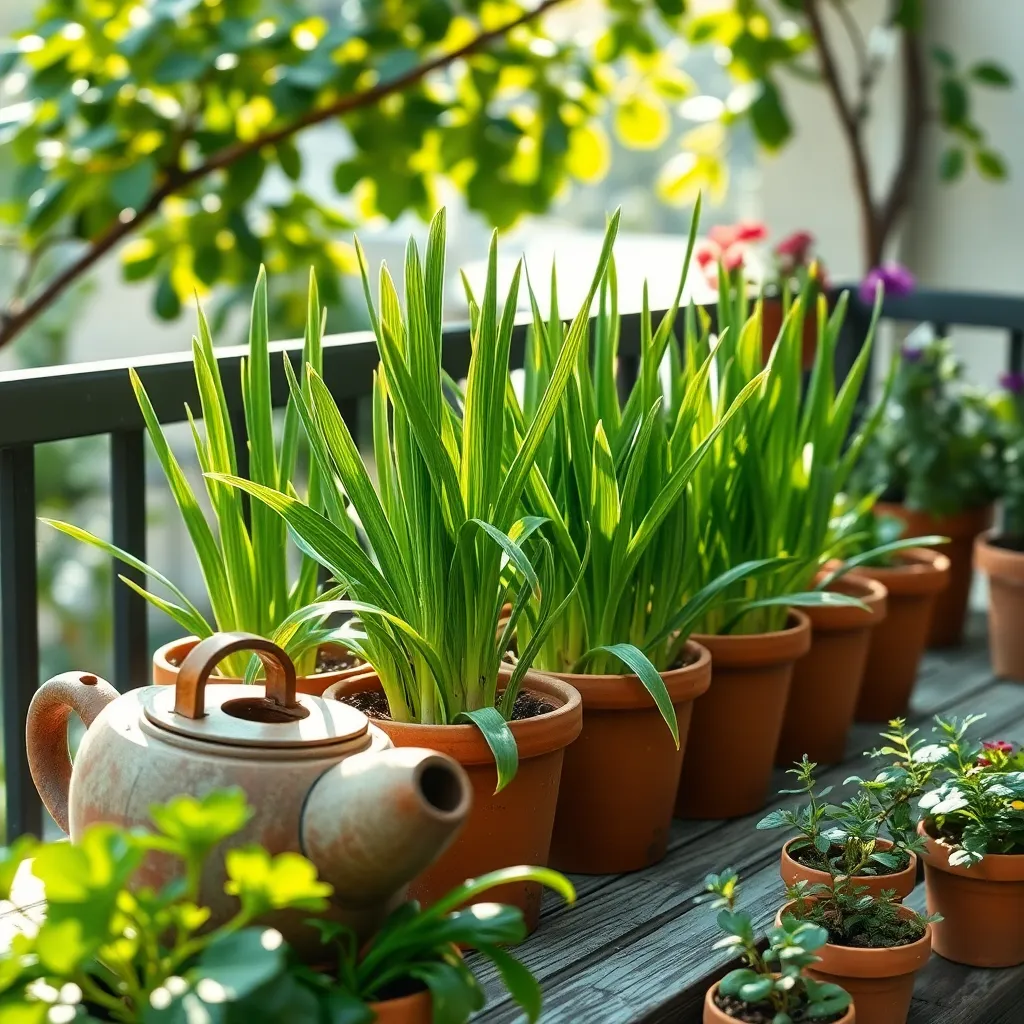
Many gardeners mistakenly believe that garlic requires frequent watering. In reality, garlic prefers consistent but moderate moisture, especially during the early stages of growth.
It’s crucial to avoid overwatering and letting the soil become waterlogged, as this can lead to root rot. Instead, allow the top inch of soil to dry out between waterings to maintain optimal moisture levels.
During the garlic’s growth cycle, the watering needs will change. Reduce watering as the bulbs mature, particularly in the last few weeks before harvest, to encourage better bulb formation.
For those using pots, ensure they have adequate drainage holes to prevent excess water from accumulating. Consider using a well-draining mix, such as a combination of potting soil and perlite, to keep the roots healthy and thriving.
Debunking Sunlight Necessity Myths
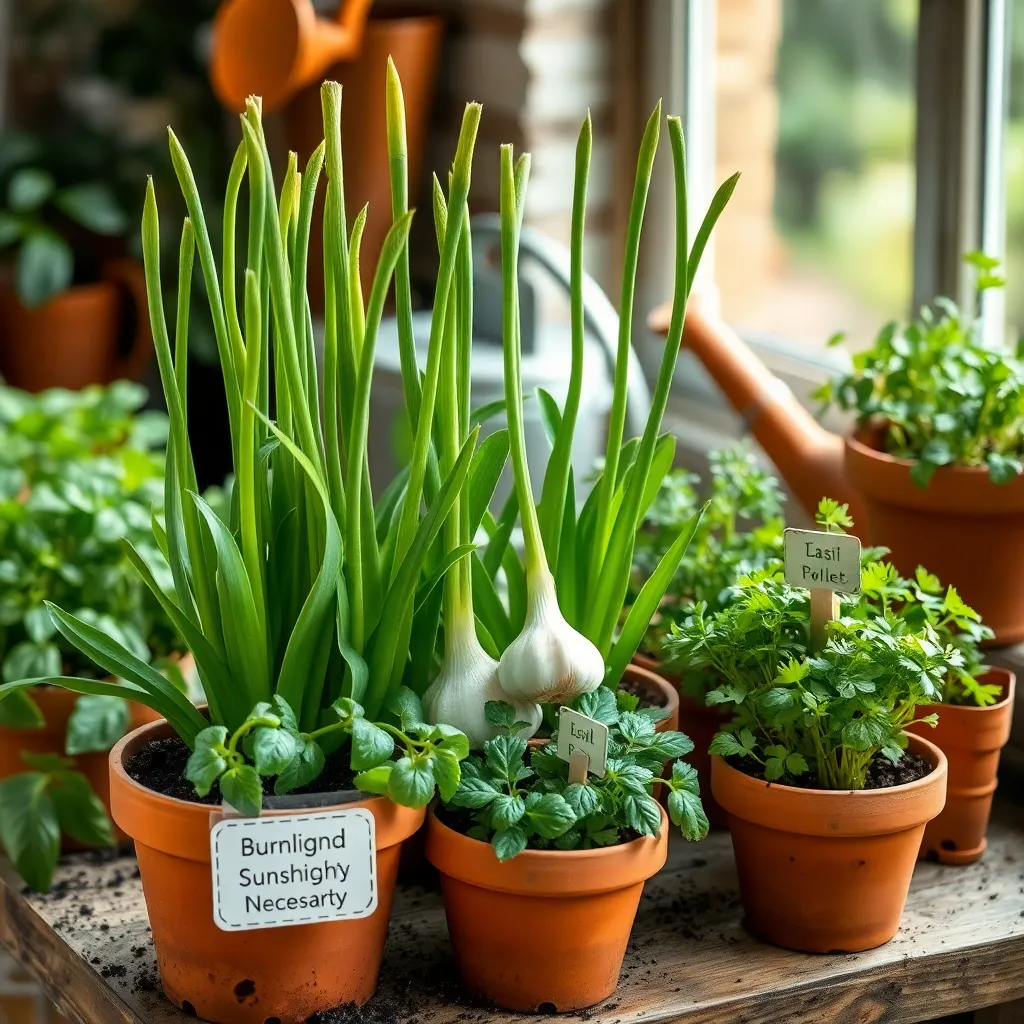
Many believe that garlic requires full sun exposure all day, but this is a common misconception. While garlic thrives in sunlight, it can still grow well with as little as six hours of direct sunlight per day.
Position your garlic pots in a sunny spot, such as a south-facing windowsill or balcony, to maximize light exposure. If full sun isn’t available, consider using reflective surfaces to help increase light intensity around the pots.
In areas with intense sun, afternoon shade can actually be beneficial for garlic planted in pots. This helps prevent the soil from overheating, which can stress the plants and impede bulb development.
For advanced gardeners, using a light meter can be a valuable tool to ensure your garlic is getting adequate light. Monitor light levels weekly to adjust pot placement, ensuring your garlic receives consistent and optimal light conditions.
Garlic Pot Size Misconceptions
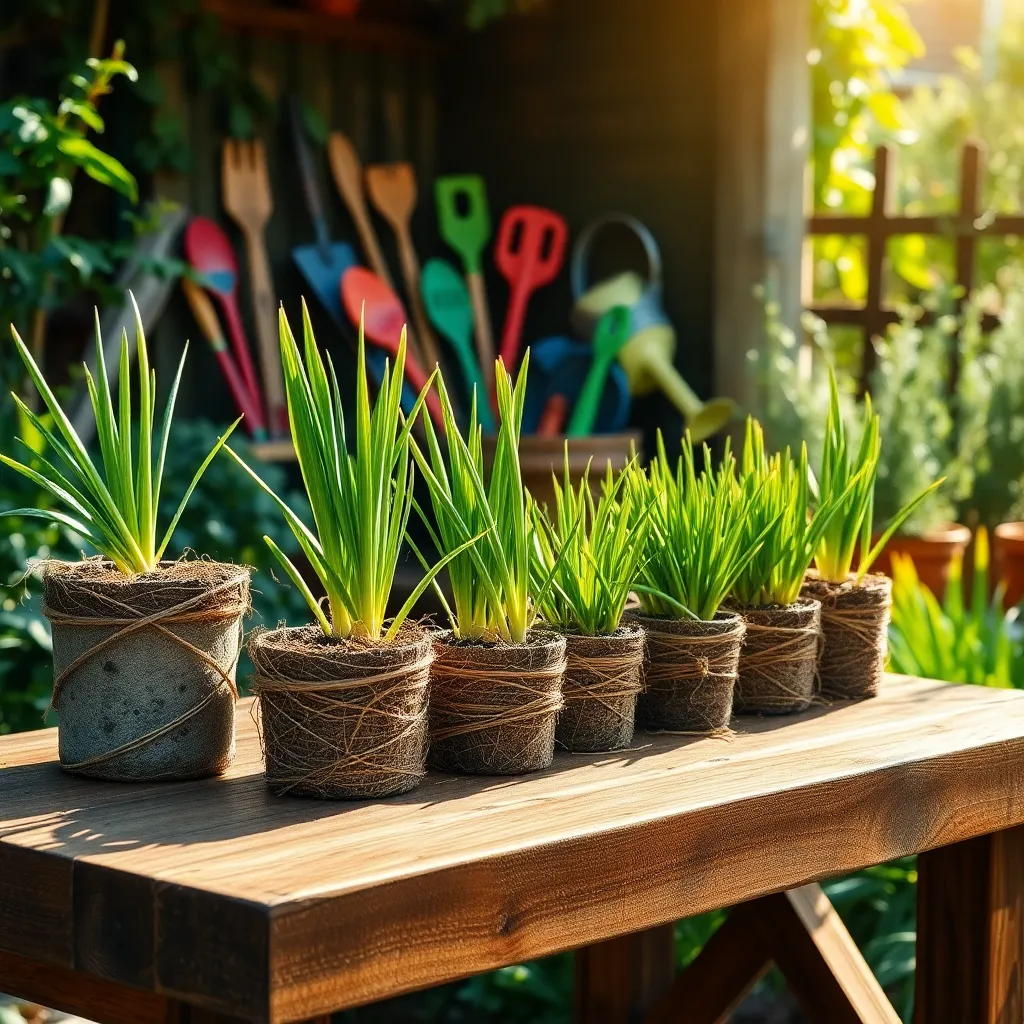
When it comes to growing garlic in pots, a common misconception is that larger pots are always better. However, using a pot that’s too large can lead to excessive soil moisture, which may cause root rot. It’s crucial to choose a pot that is deep enough to allow for proper root development but not so large that it retains too much water. A pot with a diameter of 6 to 8 inches and a depth of at least 12 inches is typically ideal for growing a single garlic bulb.
Proper drainage is another essential factor often overlooked when selecting pot size. Ensure the pot has sufficient drainage holes to prevent waterlogging, which can be detrimental to garlic growth. To further enhance drainage, you can place a layer of gravel or small stones at the bottom of the pot before adding soil. This simple step can make a significant difference in maintaining healthy garlic plants.
For beginners, using a high-quality potting mix tailored for vegetables is recommended. Look for a mix that contains a good balance of peat, perlite, and organic matter to support garlic’s nutritional needs. Watering should be done sparingly but consistently, keeping the soil moderately moist without becoming soggy. Typically, watering once a week is sufficient, but always adjust based on climate and pot size.
Advanced gardeners might experiment with companion planting in pots, such as adding herbs like chives or parsley alongside the garlic. This can maximize the use of space and provide additional benefits, such as pest deterrence. Remember, though, that companion plants should have similar water and light requirements to avoid any growth issues. With these insights, growing garlic in pots can become a rewarding and successful endeavor.
Conclusion: Growing Success with These Plants
In navigating the intricate dance of relationships, understanding the myths surrounding garlic planting in pots serves as a metaphor for cultivating healthy connections. First, we debunked the myth that relationships, like garlic, don’t thrive in confined spaces; they flourish with proper care. Second, we highlighted that relationships require patience, akin to waiting for garlic to mature. Third, we dismantled the belief that one formula fits all; relationships need personalized attention, just as each garlic clove has unique needs. Fourth, we emphasized the importance of consistent nurturing, reminiscent of routine watering for garlic. Finally, we challenged the myth that relationships, like garlic plants, can’t recover from setbacks; resilience is key.
To put these insights into action, start by openly discussing with your partner how you both can nurture your bond, much like tending to a garlic plant. This shared commitment can strengthen your connection. Save this article as a resource to revisit these principles whenever your relationship needs a little extra care. By doing so, you’ll be better equipped to weather any storm and cultivate a thriving partnership. Remember, with dedication and understanding, your relationship will not just survive but truly flourish. Here’s to a future of enriched relationships and bountiful growth!

